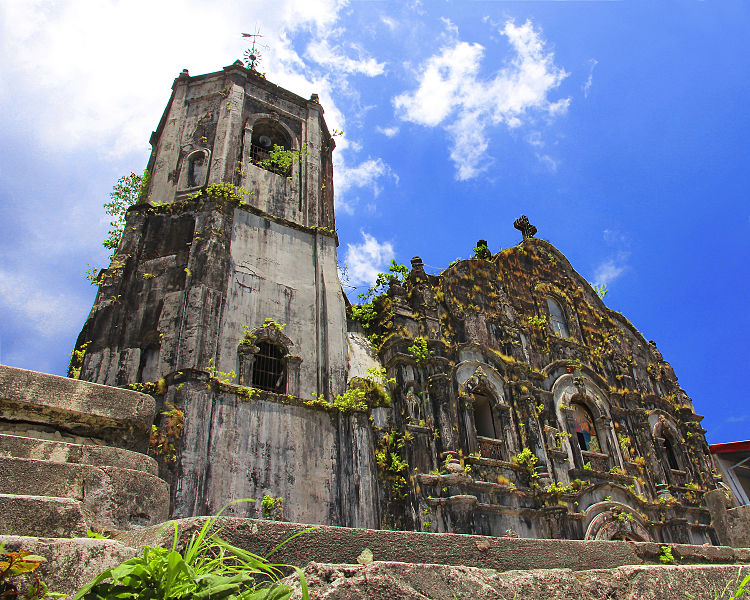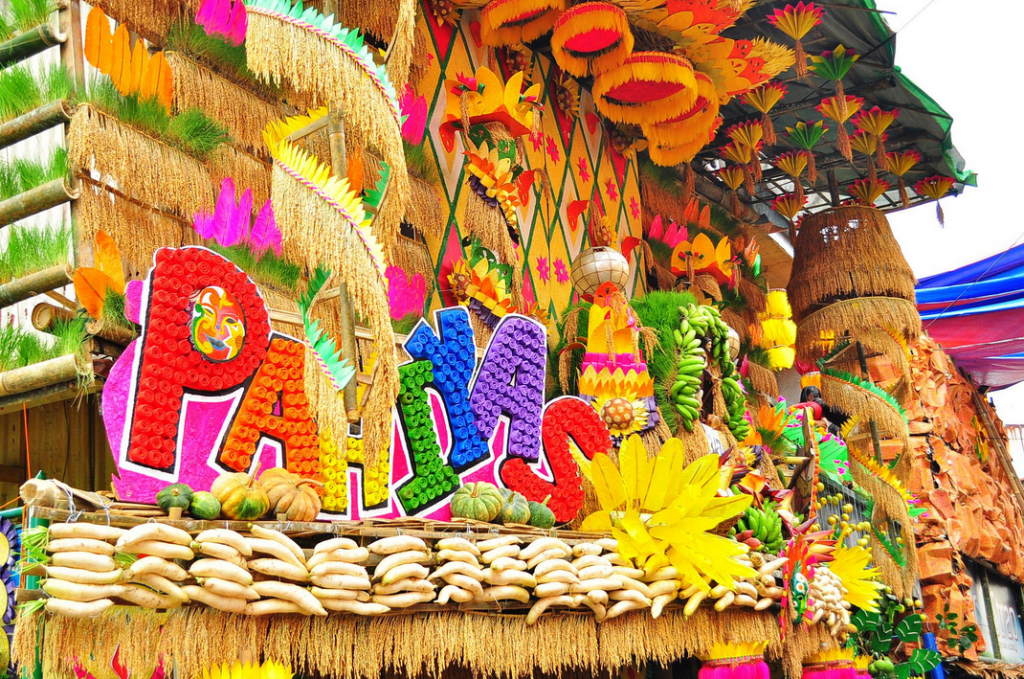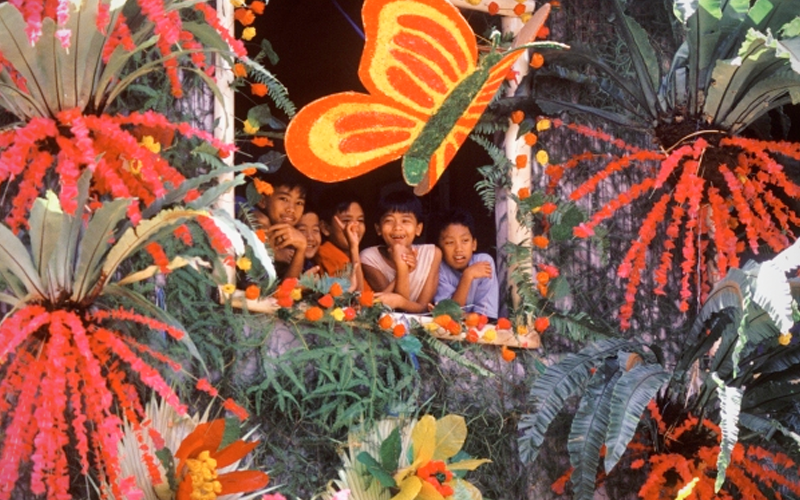Lucban is a 2nd class municipality situated in the Province of Quezon in the Philippines, specifically located at the foot of Mount Banahaw. It has a population of 46,698 people according to the 2010 census.
Legend says that the municipality got its name from the word “lucbán” or pomelo tree. It was told that 3 hunters from the neighboring Majayjay lost their way following the trail of wild animals at the foot of the mountain mentioned above. Resting under a tree, they saw an “uwák” or crow on the branches, and believing this to be a bad omen, they moved to another area and rested again. While under the shade of a large lucbán, a couple of “salacsác” that were singing attracted the trio. Taking this as a good sign of fortune, the superstitious hunters thus settled in the place, naming it “Lucbán.”
The municipality is famous for its annual Pahiyas Festival, which is celebrated every 15th of May in honor of St. Isidore the Farmer or San Isidro Labrador.

The Festival
One of the country’s most colorful and biggest festivals that are held every 15th of May, alongside those of the towns of Sariaya, Tayabas, Tiaong and Gumaca, the Pahiyas Festival is celebrated to honor San Isidro Labrador, the patron saint of farmers. It is deeply rooted in the traditional celebration of the townsfolk in giving thanks for a bountiful harvest. According to Spanish legend, the saint’s fields were magically plowed by white oxen whenever he went to church. The legend was then passed on to the Philippines after it was colonized by Spain. San Isidro is also the venerated patron saint of agriculture in Mexico, whom the people would call upon to ensure fertility and abundant supply of water of their lands.

During this festival, you are going to see decorations called “kiping”, which are leaf-shaped and multi-colored rice paste wafers, on the facades of the homes, along with flowers and fruits. This visual feast has made the festival to gain national and international recognition. After all, the word “pahiyas” means décor, so you will see a lot of it during the feast.
The festival transforms the small towns of Quezon from an ordinary to exquisite sight. Aside from the showcases of streets of houses adorned with fruits and flowers, you will also see households decorated with other products and handicraft that are somehow related to farming or agriculture. For the “kiping”, it will be grilled or fried for eating after the décor competition, where the best decorated house will be proclaimed the winner. Tourists visit this municipality each year just to see this feat. Aside from this, there is also a procession for the saint that finishes at Lucban’s beautiful church.

For the people of Quezon, they believe that this practice began when farmers offered foods at Mt. Banahaw’s foot. However, the ritual changed as time passed by, and the food offerings was brought to church, as farmers believed this will bestow them more blessing. Also, they said this was essential as they were told that failure to do so could bring dearth, deprivation and misfortune to their town. Later on, they received more blessings, with harvests becoming bountiful. The church in Lucban, which is known to be the oldest in town, then became the place where the Pahiyas Festival is celebrated.